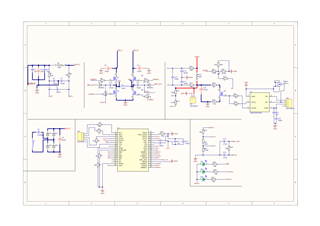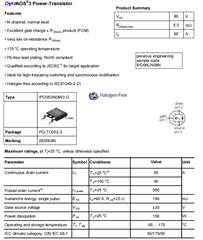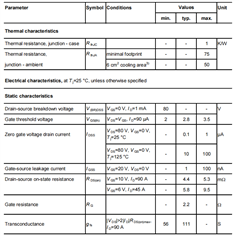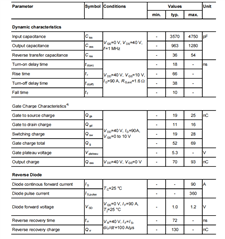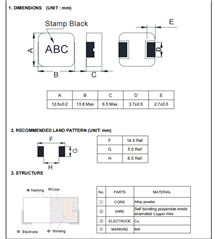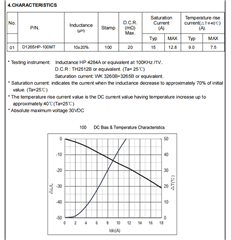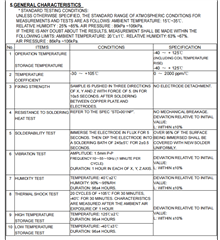Other Parts Discussed in Thread: BQ25756, , EV2400, USB2ANY, BQ25750, BQSTUDIO
Tool/software:
Hello! I am currently working in a design with BQ25756E but the chip dosen't work.Currently our chip has about 15V input to the VAC connector, and the ACUV and ACOV resistors are programmed in the range of 4.2-40V. The CE connector is connected to the ground to provide a low level, but the chip does not work properly. My questions are as follows.
1. Is it possible to dangle the SDA, SCL and INT, TS interfaces when the chip is programmed with pure resistors, because we are not using I2C?
2. Can we replace the battery with a resistor for the initial test?
3. Is the charging mode default when the chip is programmed with pure resistor? If it is the default, what is its exact operation mode?
Thanks in advance!


